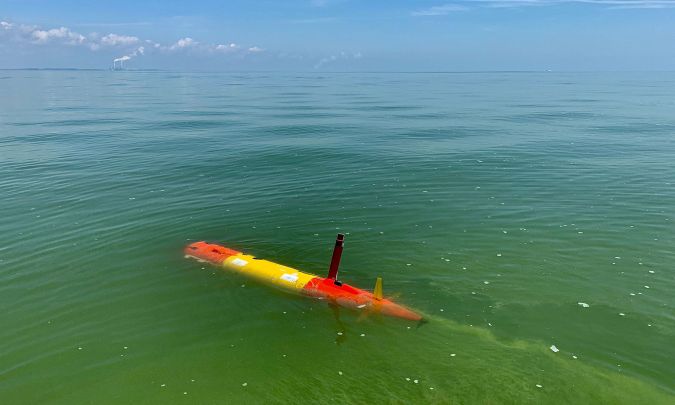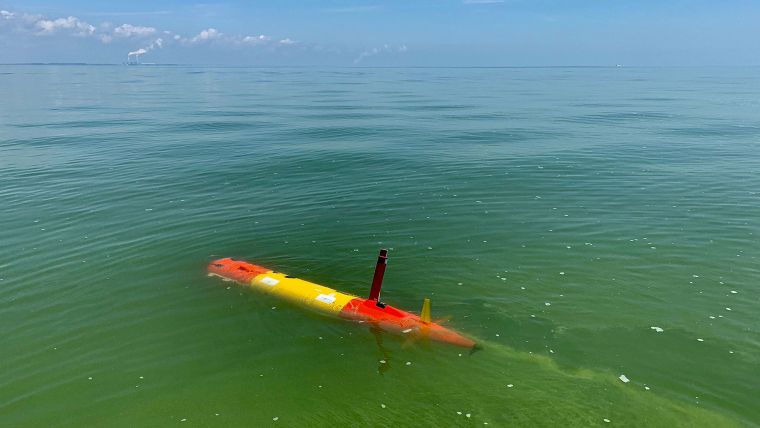NOAA Awards US$15.2M for Harmful Algal Bloom Research
NOAA has announced US$15.2M in funding for harmful algal bloom (HAB) research projects throughout U.S. coastal and Great Lakes waters. Investments in these projects represent a coordinated effort within the National Ocean Service to advance the U.S.’s ability to observe, monitor, forecast and manage blooms.
HABs can produce toxins or cause other harmful effects that can damage ecosystems, disrupt the seafood supply, impact economies and threaten human health. Marine and fresh waters of the United States are increasingly impacted by HABs, with blooms reported in nearly every state. They cause annual economic losses up to US$100 million on average and costs from a single major HAB event can reach tens of millions of dollars.
NOAA’s National Centers for Coastal Ocean Science (NCCOS) is allocating US$12.4M for HAB research, including US$834K for three new research awards and US$11.6M for 25 continuing awards. Funded projects will optimize early warning of shellfish-killing algae, enhance detection of HAB toxins, test the use of HAB control methods in marine and fresh water, improve HAB forecast, and investigate the social and economic impacts of HABs. A full list of the new grant awards is available online.
Toxin Detection Capabilities of AUVs
“New projects will begin in Florida, Louisiana, Ohio and Washington to investigate the effectiveness of clay dispersal as a technology to control Karenia brevis blooms in the coastal environment of south-west Florida, enhance the freshwater HAB toxin detection capabilities of autonomous underwater vehicles (AUVs), and optimize an early warning system to support the mitigation of shellfish-killing HAB toxins in the Pacific Northwest,” said David Kidwell, NOAA NCCOS Competitive Research Program director. “Through NCCOS, NOAA continues to fund the latest scientific research to support managers and coastal communities across the country trying to cope with increasing and recurring toxic algae that continue to affect environmental and human health.”















